|
I am a 3rd year Ph.D. candidate at VIU Lab, Johns Hopkins University under the supervision of Dr. Vishal M. Patel. My research focuses on computer vision and its application in the medical field, with specific emphasis on image/3D segmentation, generative models, and representation learning. Prior to pursuing my doctoral studies, I served as a research assistant at my undergraduate school North South University, Dhaka, Bangladesh, where I worked on computer vision with applications in medical imaging under the supervision of Dr. M. Sohel Rahman and Dr. Mahdy Rahman Chowdhury. I've also worked as a research assistant at the Center for Applied Scientific Computing under the supervision of Dr. Mamun Molla. Email / Google Scholar / LinkedIn / Publons |
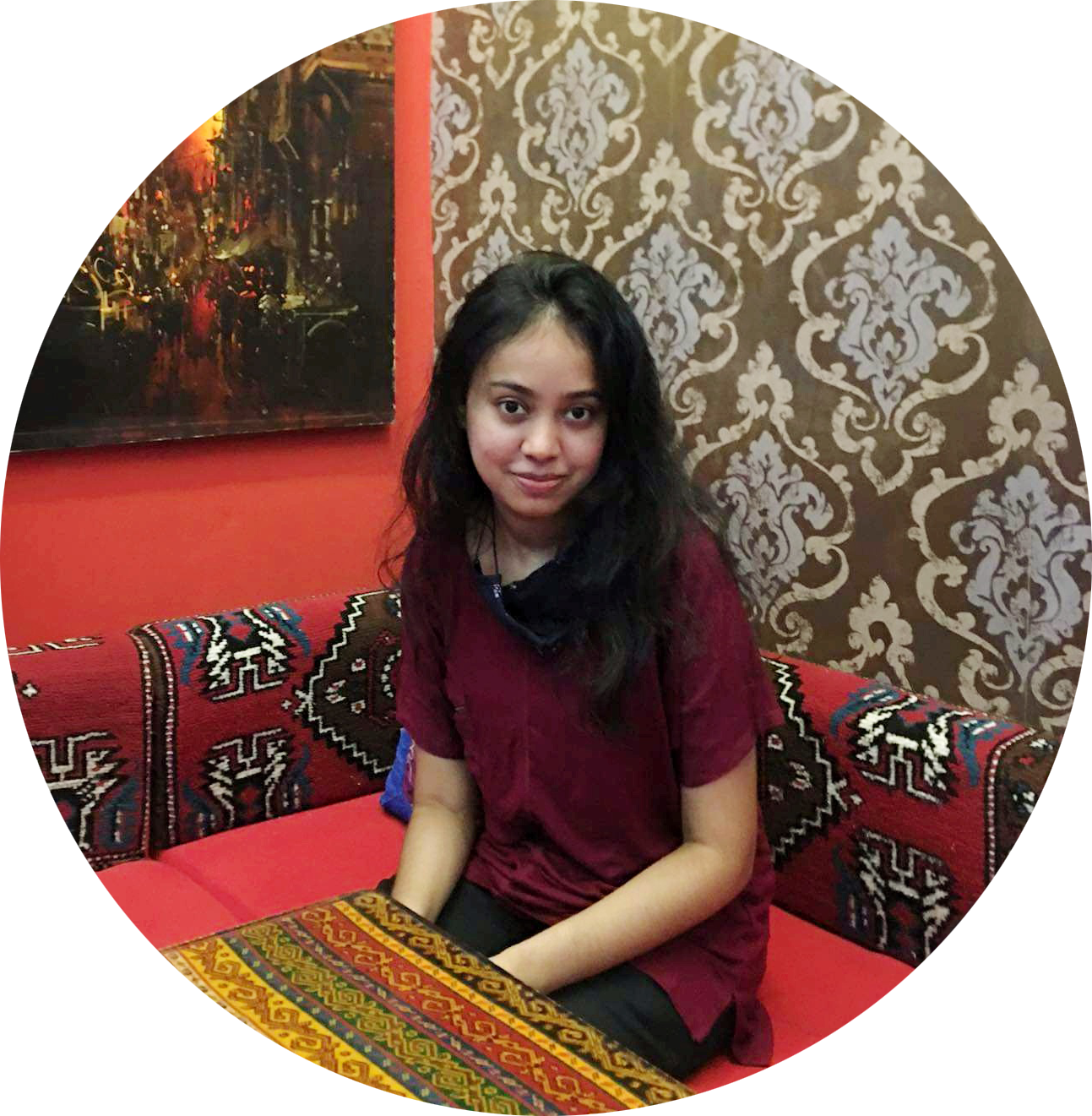
|
|
My research lies at the intersection of computer vision and medical image analysis, with a focus on developing deep learning techniques to make healthcare more affordable and accessible globally. My specific research interests include 2D/3D segmentations, generative networks, representation learning, and addressing bias/ambiguity in medical image problems. I am also open to exploring general vision problems, particularly in the areas of generative networks and representation learning. I have a strong track record of first-author publications in leading conferences, such as MICCAI and CVPR. Additionally, I am committed to mentoring undergraduate student research groups in machine learning at NSU. |
|
|
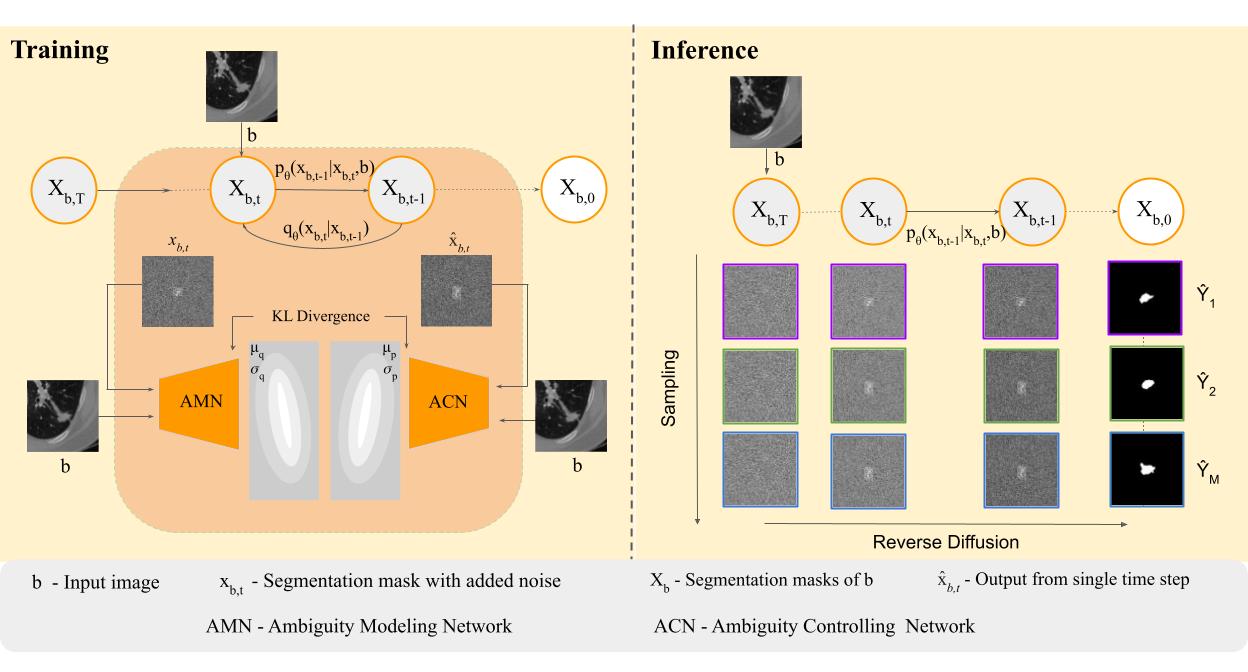 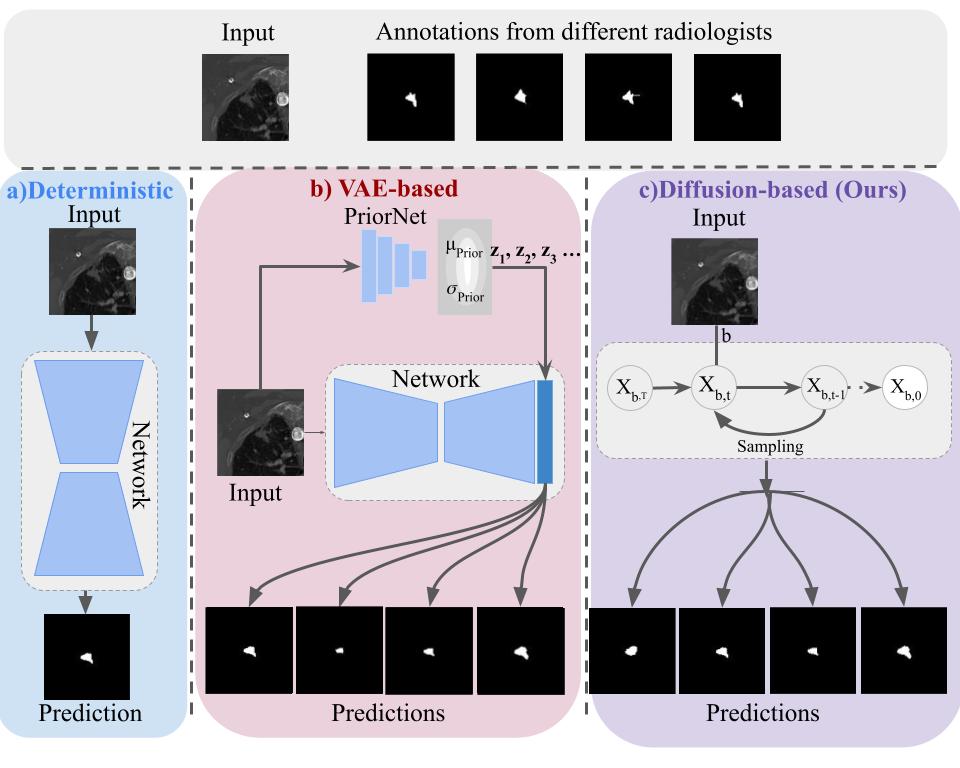
|
Authors : Aimon Rahman , Jeya Maria Jose Valanarasu, Ilker Hacihaliloglu, Vishal M Patel CVPR, 2023Paper / Website / Code The paper proposes a new approach for medical image segmentation that utilizes expert groups to generate multiple plausible outputs. The approach outperforms existing state-of-the-art networks in accuracy and diversity. The authors also introduce a new metric aligned with clinical practice |
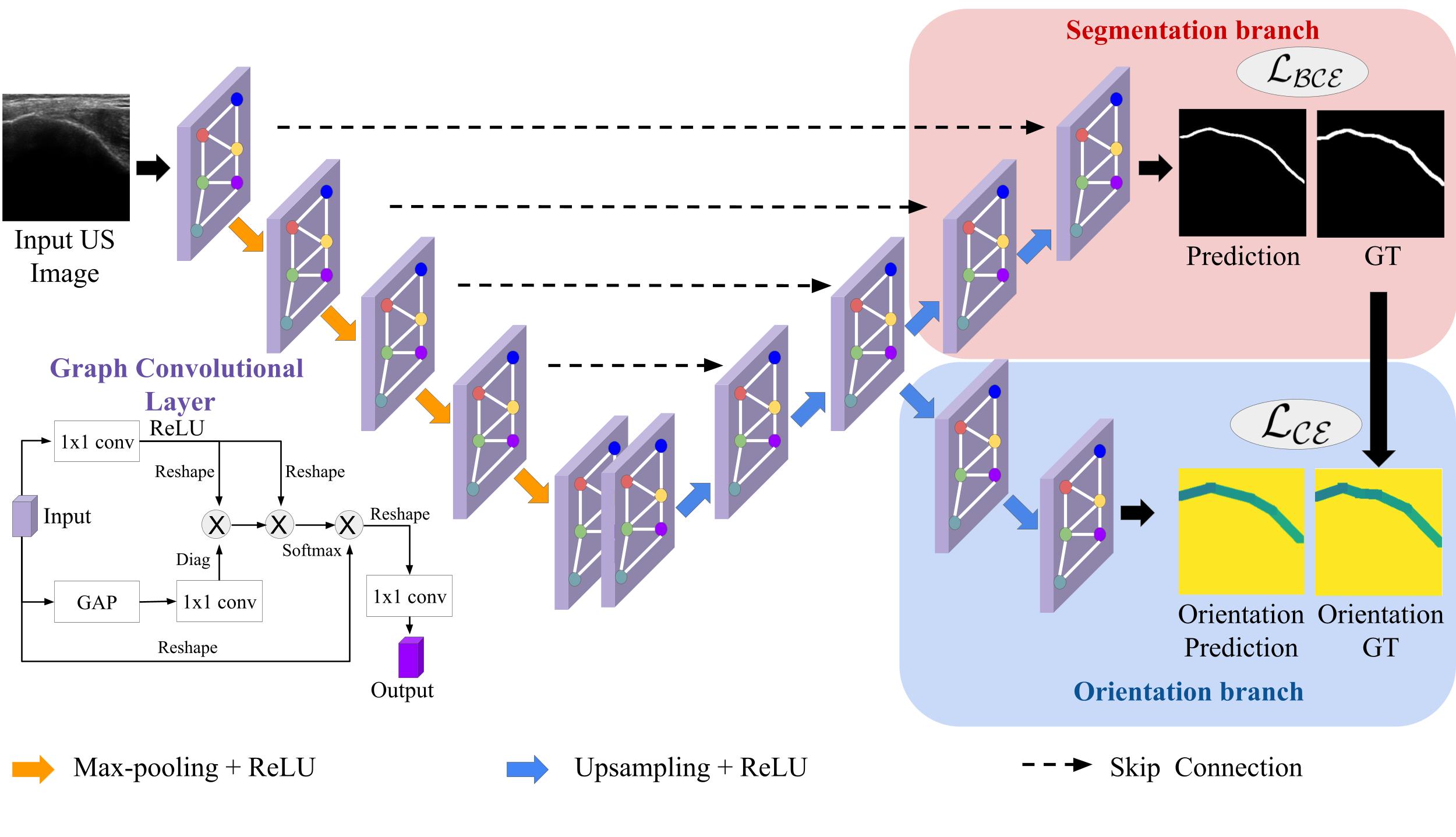 
|
Authors : Aimon Rahman , WGC Bandara, Jeya Maria Jose Valanarasu, Ilker Hacihaliloglu, Vishal M Patel MICCAI, 2022The article proposes a new method for bone surface segmentation using an orientation-guided graph convolutional network to improve connectivity in ultrasound images. The approach also adds supervision on the orientation of the bone surface to further impose connectivity. Validation on over 1000 in vivo US scans shows a 5.01% improvement over state-of-the-art methods in connectivity metric. |
 
|
Authors : Aimon Rahman , Jeya Maria Jose Valanarasu, Ilker Hacihaliloglu, Vishal M Patel MICCAI, 2022The article proposes a new approach for segmenting both bone surface and the corresponding acoustic shadow in ultrasound images using a single end-to-end network with a shared transformer-based encoder and task independent decoders. The approach leverages the complementary features between the two tasks and includes a cross-task feature transfer block to learn meaningful feature transfer between the two decoders. |
|
|
Authors : Aimon Rahman , M Sohel Rahman, M.R.C. Mahdy Biomedical Physics & Engineering Express, 2021We introduce a modified loss function in unpaired adversarial translation model to prevent unwanted feature hallucination. |
 
|
We pretrain a model on videos for human activity recognition which leads to better representations for the downstream tuberculosis type classification task, especially for under-represented class samples. Our method achieved 2nd place in the ImageCLEF 2021 Tuberculosis Type Classification Challenge. |
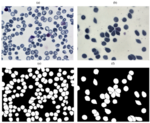 
|
This work proposes a blood cell segmentation dataset consisting of multiple cell types. Additionally, all cell types do not have equal instances, which encourages researchers to develop algorithms for learning from imbalanced classes in a few shot learning paradigm. We also provide both learning and non-learning based methods as baselines. |
|
|
Authors : Aimon Rahman , Hasib Zunair, Tamanna Rahman Reme, M Sohel Rahman, M.R.C. Mahdy Tissue and Cell, 2020Transformed an object detection dataset to classification dataset, conditional image synthesis is used to generate synthetic dataset and benchmarked several classification algorithms for the task of detecting malaria from microscopic images of red blood cells. |
 
|
Authors : Hasib Zunair, Aimon Rahman, Nabeel Mohammed, and Joseph Paul Cohen PRedictive Intelligence In MEdicine (PRIME), Medical Image Computing & Computer Assisted Intervention (MICCAI), 2020Paper / Code / Slides Showed that analyzing 3D medical images in a per slice basis is a sub-optimal approach, that can be improved by 3D context. Ranked 5-th in ImageCLEF 2019. |
 
|
Authors : Aimon Rahman , Hasib Zunair, M Sohel Rahman, Jesia Quader Yuki, Sabyasachi Biswas, Md Ashraful Alam, Nabila Binte Alam, M.R.C. Mahdy arXiv, 2019Paper / Code Benchmarked several classification algorithms for the task of detecting malaria from microscopic images of red blood cells. Transfer learning approach worked best in our study. |
 
|
Authors: Hasib Zunair, Aimon Rahman fastMRI Image Reconstruction Challenge (Single coil track), Facebook AI Research, 2019Code Trained a U-Net architecture with a pretrained ResNet backbone on knee MRIs at the slice level. The goal was to reconstruct high resolution images from the given undersampled image. |
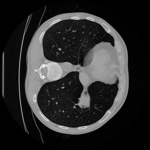 
|
Authors: Hasib Zunair, Aimon Rahman , Nabeel Mohammed CLEF Working Notes - Conference and Labs of the Evaluation Forum, 2019Paper / Code A 3D CNN with a slice selection method employed in the task of chest CT image analysis for predicting tuberculosis (TB). Our method achieved 10-th place in the ImageCLEF 2019 Tuberculosis SVR - Severity scoring. |
|
|

|
Instructor, Introduction to Deep Learning with Medical Imaging, Fall 2023
|
|
Template taken from here. Last updated March 2023. |